Two Readings on a Pulse Oximeter
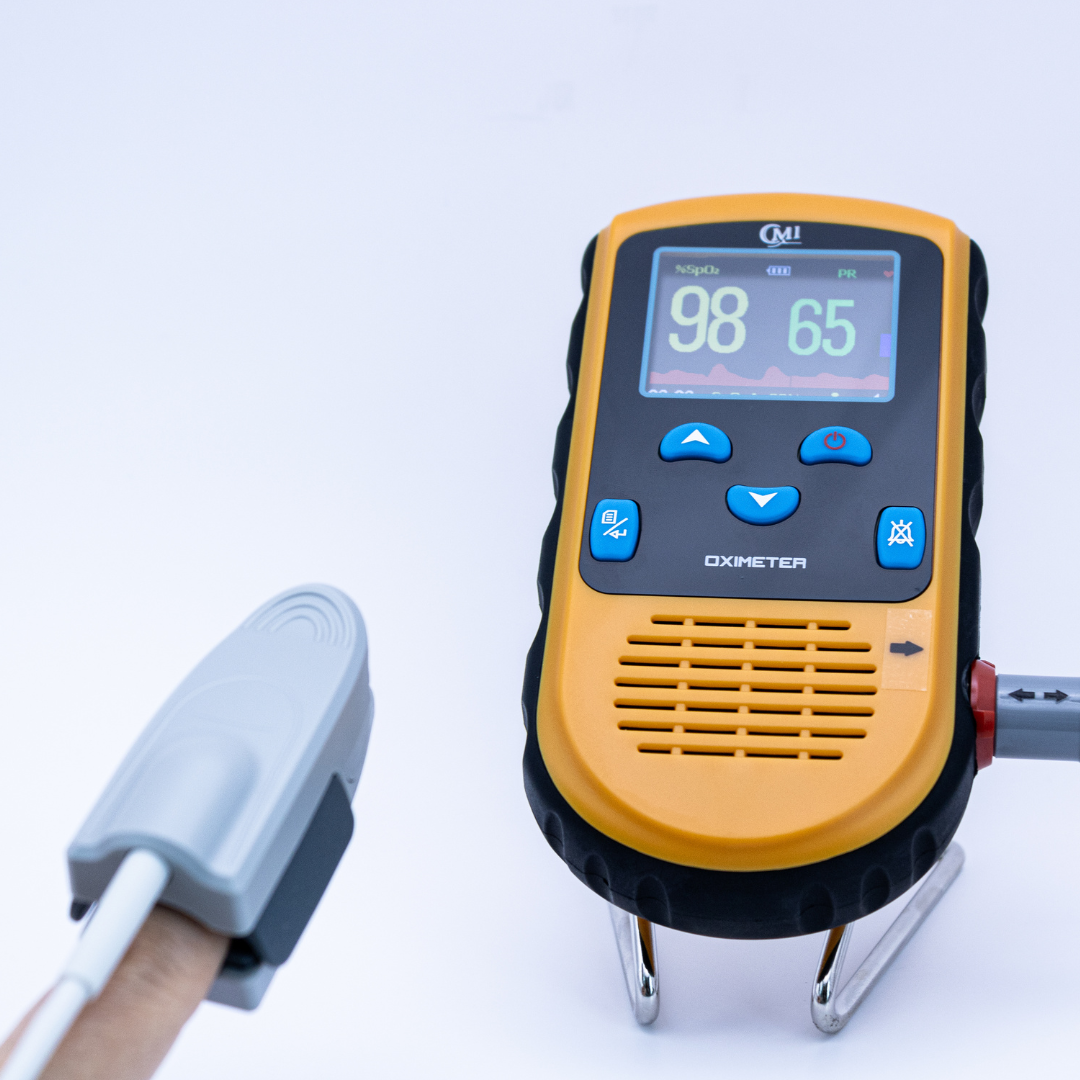
What they are and what they tell you
What are the two readings?
A pulse oximeter measures two things and displays them as two numbers on the screen:
-
Oxygen Saturation (SpO₂): This number is a percentage indicating how much oxygen your blood is carrying. Normal readings typically range from 90% to 100%. Values below this range may suggest hypoxemia, a condition where blood oxygen levels are lower than normal. Read more about hypoxia and hypoxemia here.
-
Pulse Rate (PR): This number reflects your heart rate, measured in beats per minute (bpm). A normal resting heart rate for adults ranges from 60 to 100 bpm.
A good way to remember what these readings are is to use the name pulse oximeter as a mnemonic where:
-
pulse stands for pulse rate
-
oximeter stands for oxygen saturation
Why are these two readings used?
These two measurements are used together to provide a comprehensive picture of how efficiently your body is transporting oxygen. Think of your circulatory system as a fleet of delivery trucks:
-
Oxygen Saturation (SpO₂): Represents how full each truck is with oxygen. A 100% reading means every truck is fully loaded, ensuring your organs receive the oxygen they need.
-
Pulse Rate (PR): Indicates how fast the trucks are moving. A higher pulse rate means the trucks are delivering oxygen more quickly, which can occur during exercise or stress.
Looking at just one number doesn’t always tell the full story. For example, if your oxygen saturation is low but your heart rate is high, your body might be trying to make up for the low oxygen by pumping faster. On the other hand, a normal pulse with low oxygen could be a warning sign that something’s off.
By combining both readings, a pulse oximeter helps you and your healthcare provider understand how efficiently your body is transporting oxygen—and whether you might be experiencing health issues relating to your lung performance or other factors. It’s best to work with your physician to determine what metrics are healthy for you.
If you’re shopping for a pulse oximeter, check out our selection here—we’ve got reliable, clinical-grade options to fit your needs.
Variations and Cautions
While it’s helpful to have normal ranges as a base understanding for these two measurements, it’s important to note that variations can exist. Factors like fitness level, altitude, and underlying health conditions can influence normal ranges.
Individual Differences
Normal SpO₂ and pulse rates vary by age, fitness, and health issues. People with chronic heart or lung disorders may have different baselines. Knowing what’s typical for you helps make sense of changes.
Skin Pigmentation
Studies show that darker skin tones can cause pulse oximeters to overestimate oxygen levels due to melanin affecting light absorption. This is important to consider if the numbers don’t match how you feel.
Smoking
Carbon monoxide from smoking binds to hemoglobin and can give falsely high SpO₂ readings, potentially hiding low oxygen levels. Smokers should interpret results with caution and medical advice.
Poor Circulation
Cold hands or conditions like poor circulation can lower accuracy. If your fingers are cold, warm them up before testing.
Ambient Light
Bright light or sunlight can interfere with readings. For best results, take measurements in a shaded or indoor space.
Tips for Better Readings
-
Warm your hands to improve blood flow.
-
Hold still while measuring to reduce errors.
-
Ensure both sides/ends of the sensor are in contact with your skin.
-
Use a clean finger with no nail polish or artificial nails.
Being aware of these factors helps you use your pulse oximeter more effectively. Always consult a healthcare provider for interpretation.
Further Reading
For more detailed information on interpreting pulse oximeter readings, visit our blog posts:




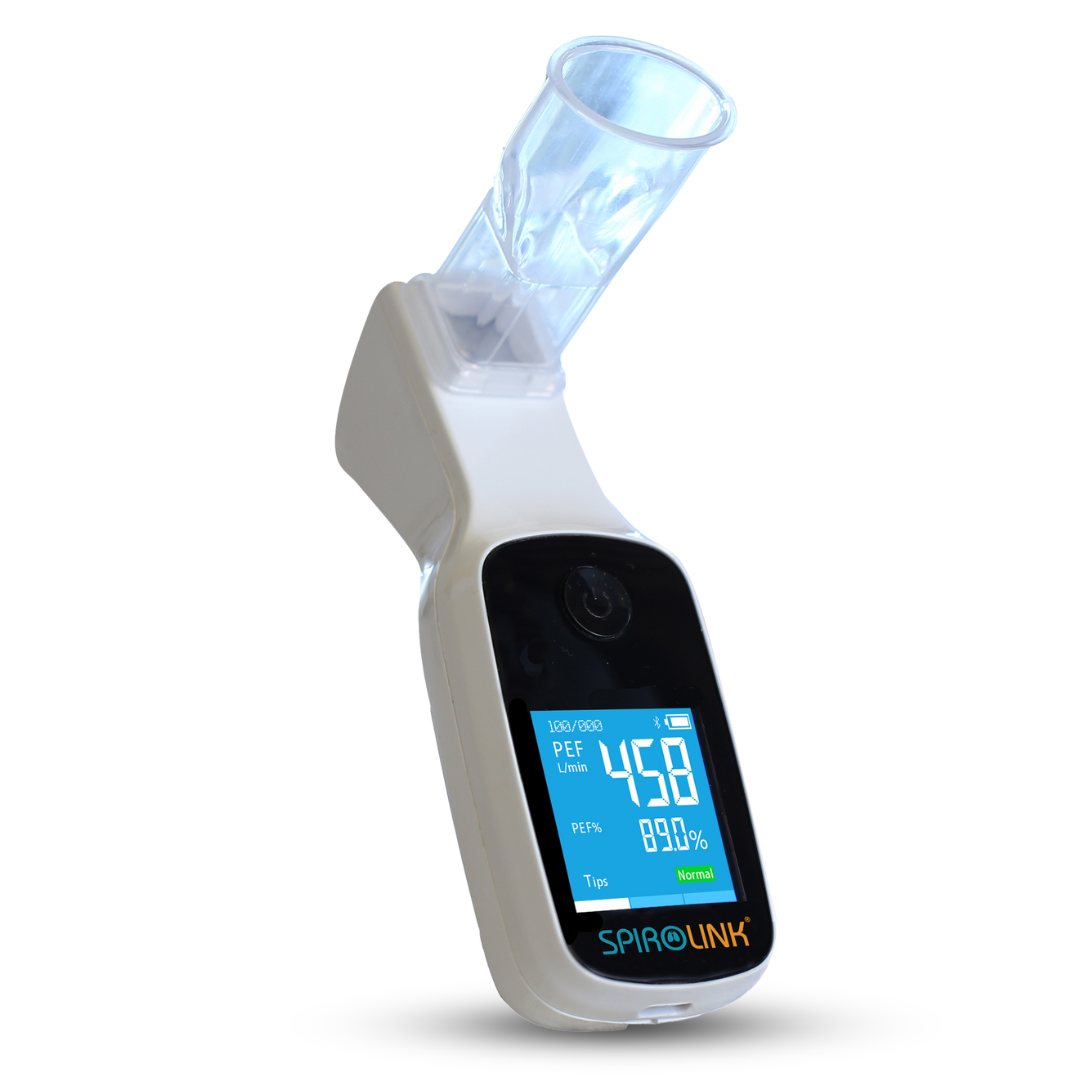
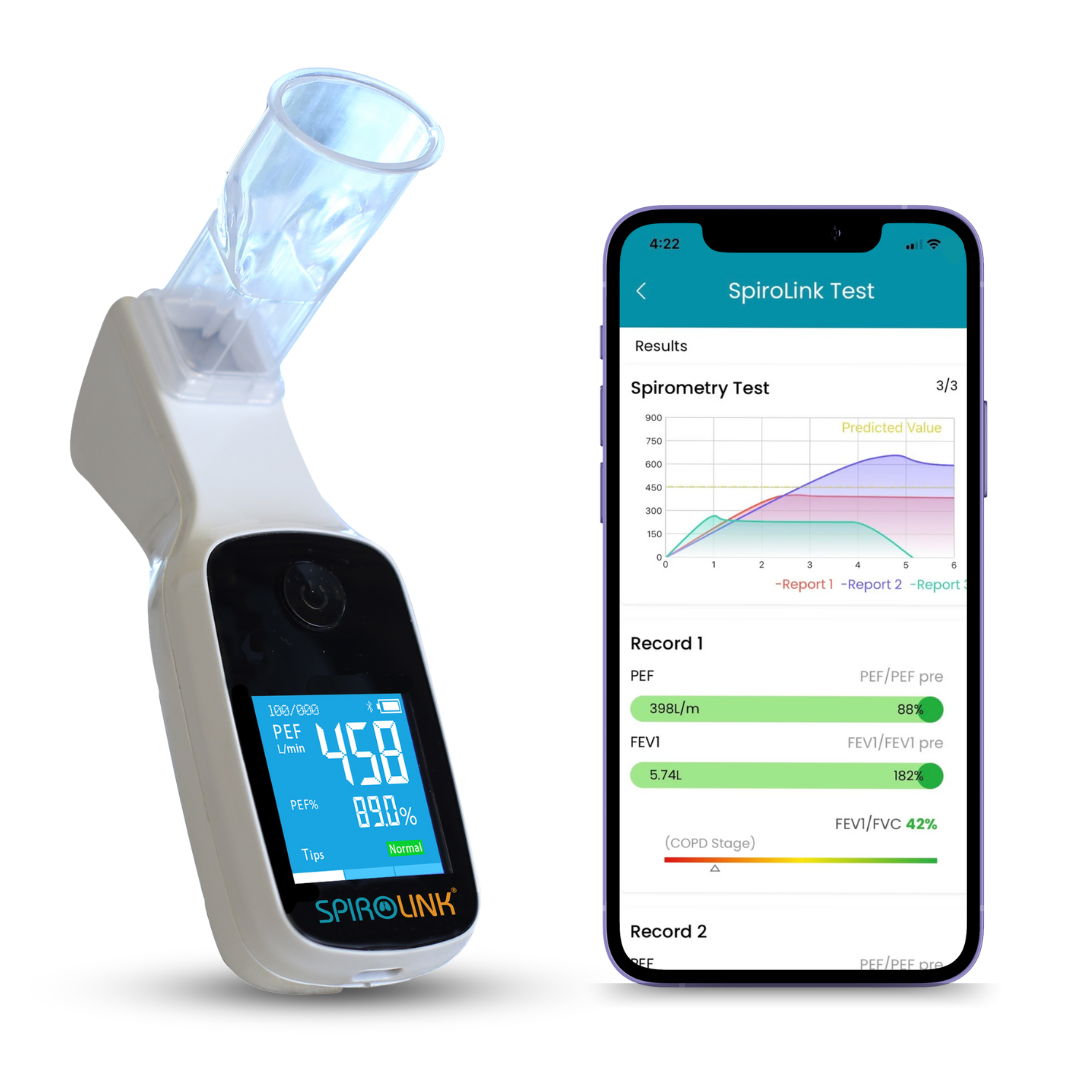
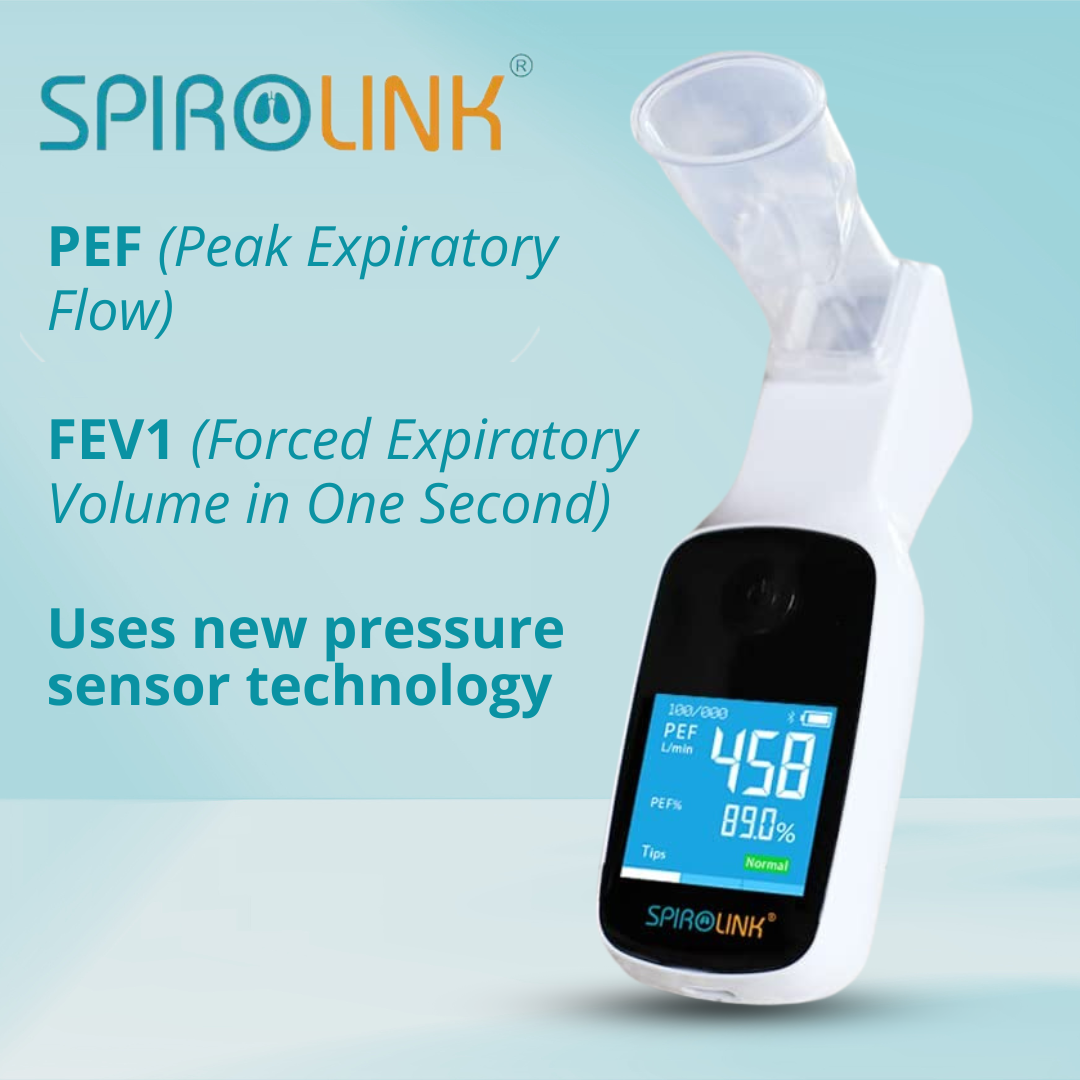
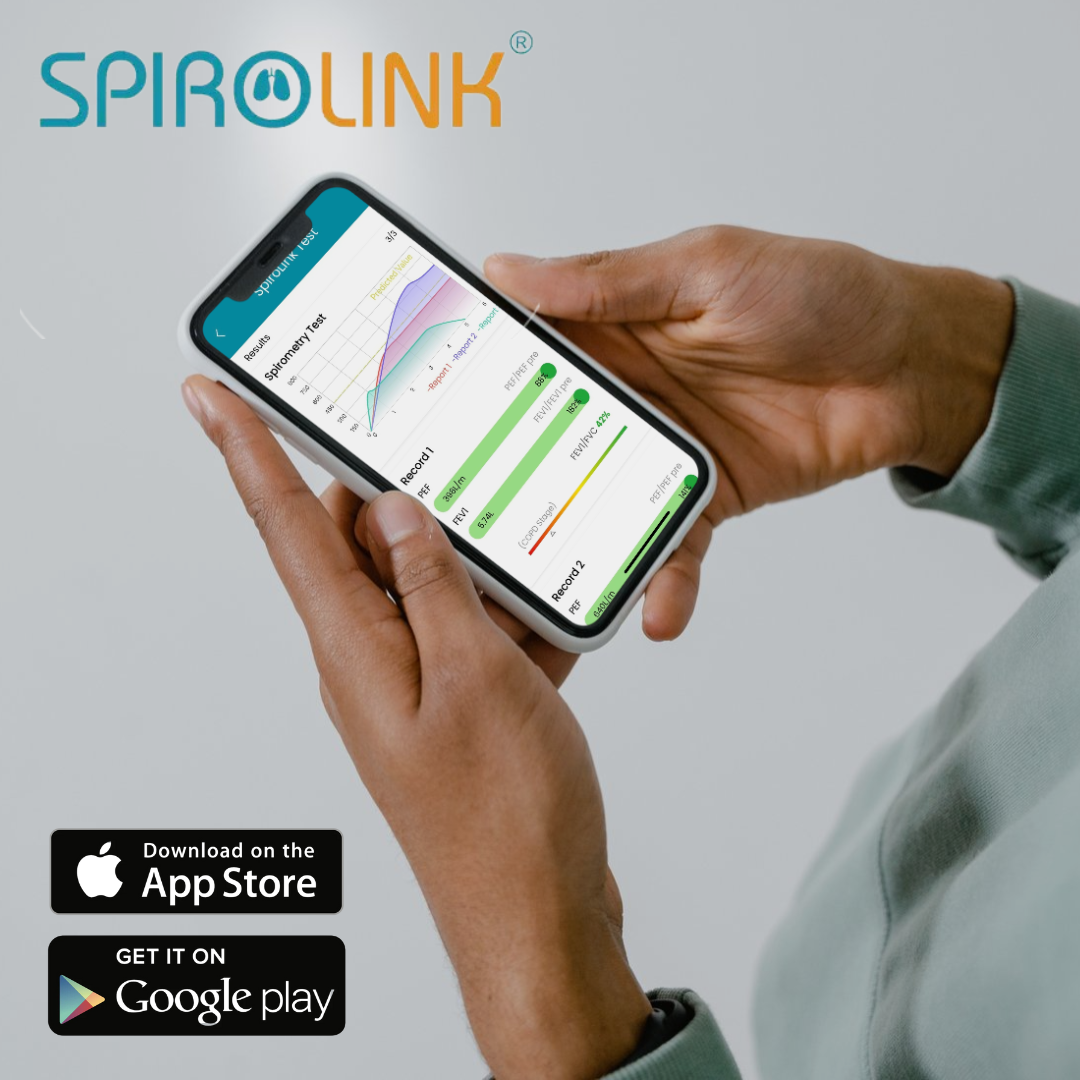
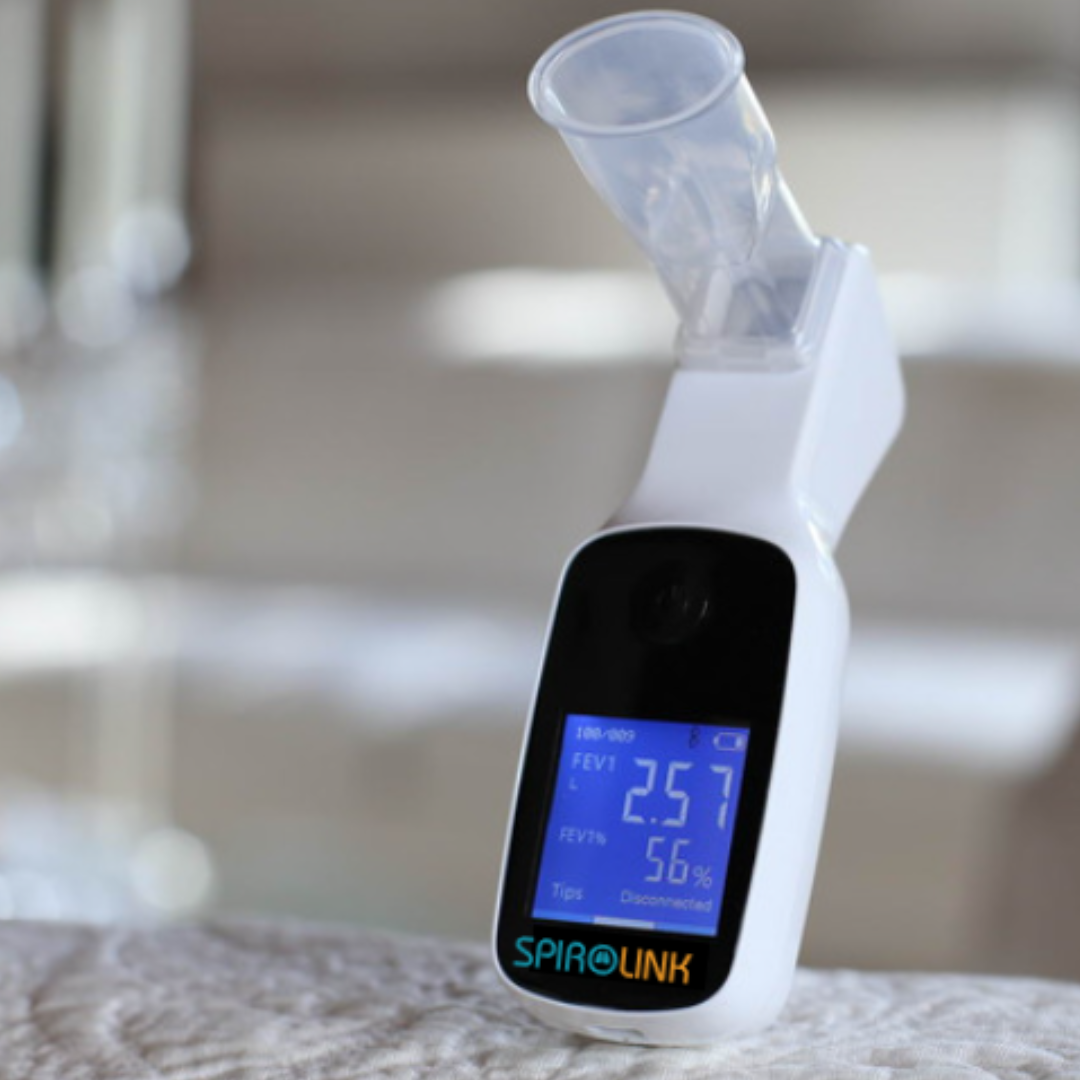
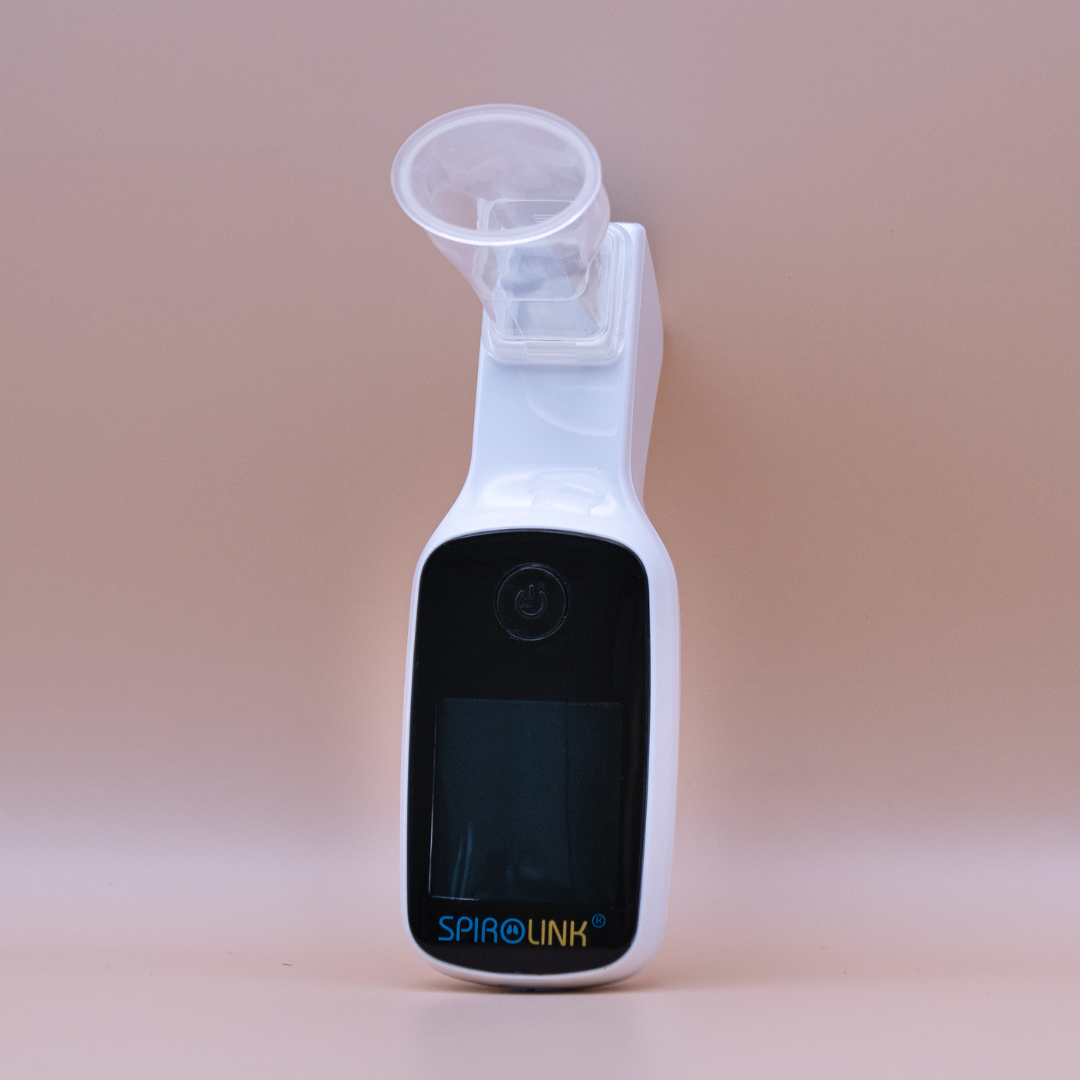

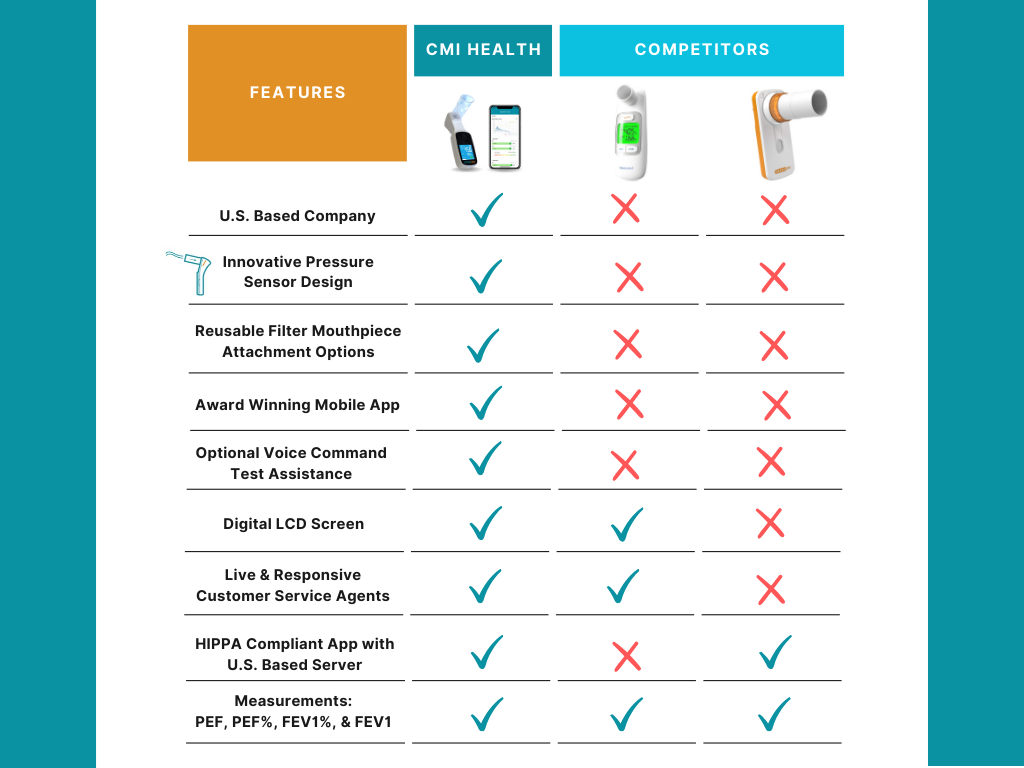
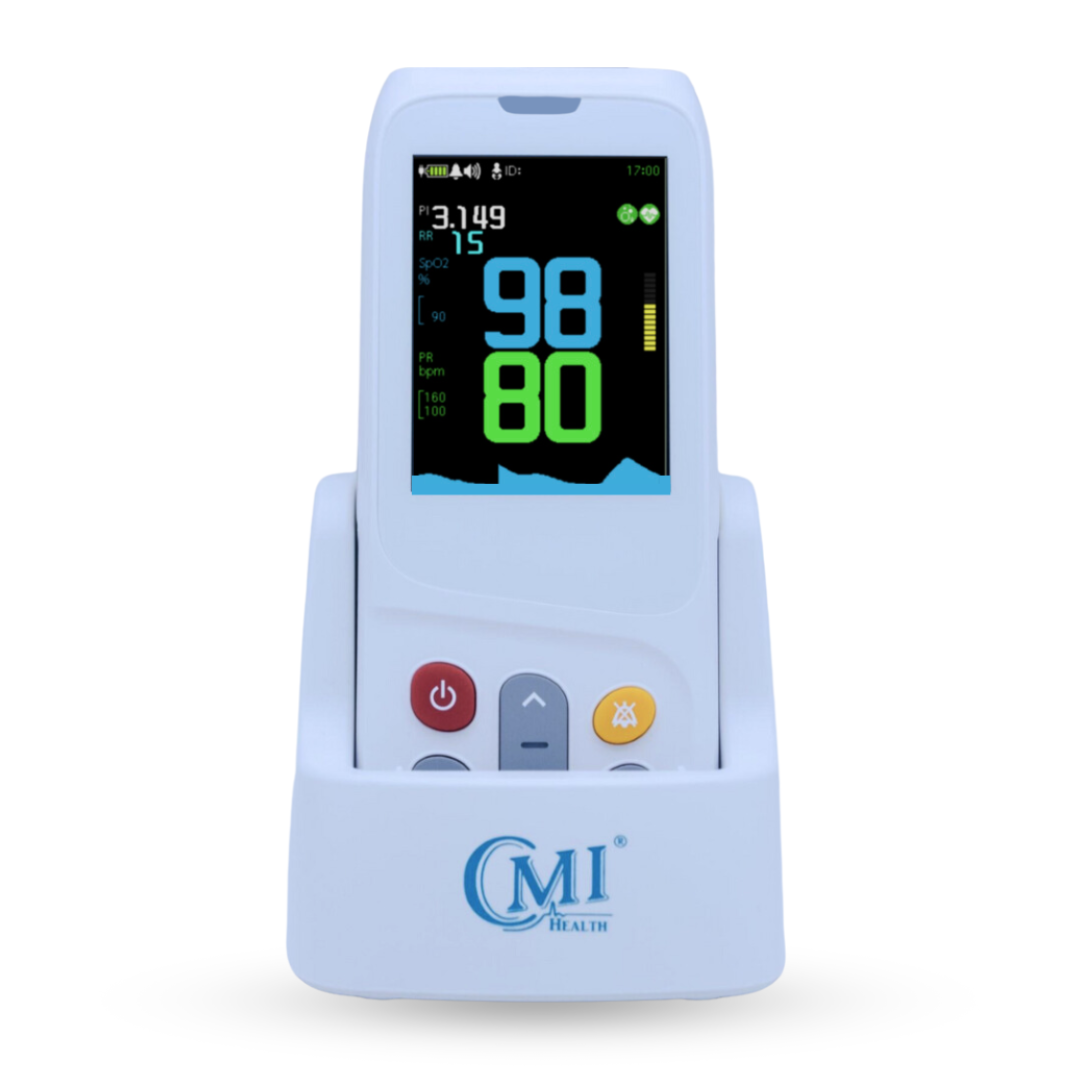
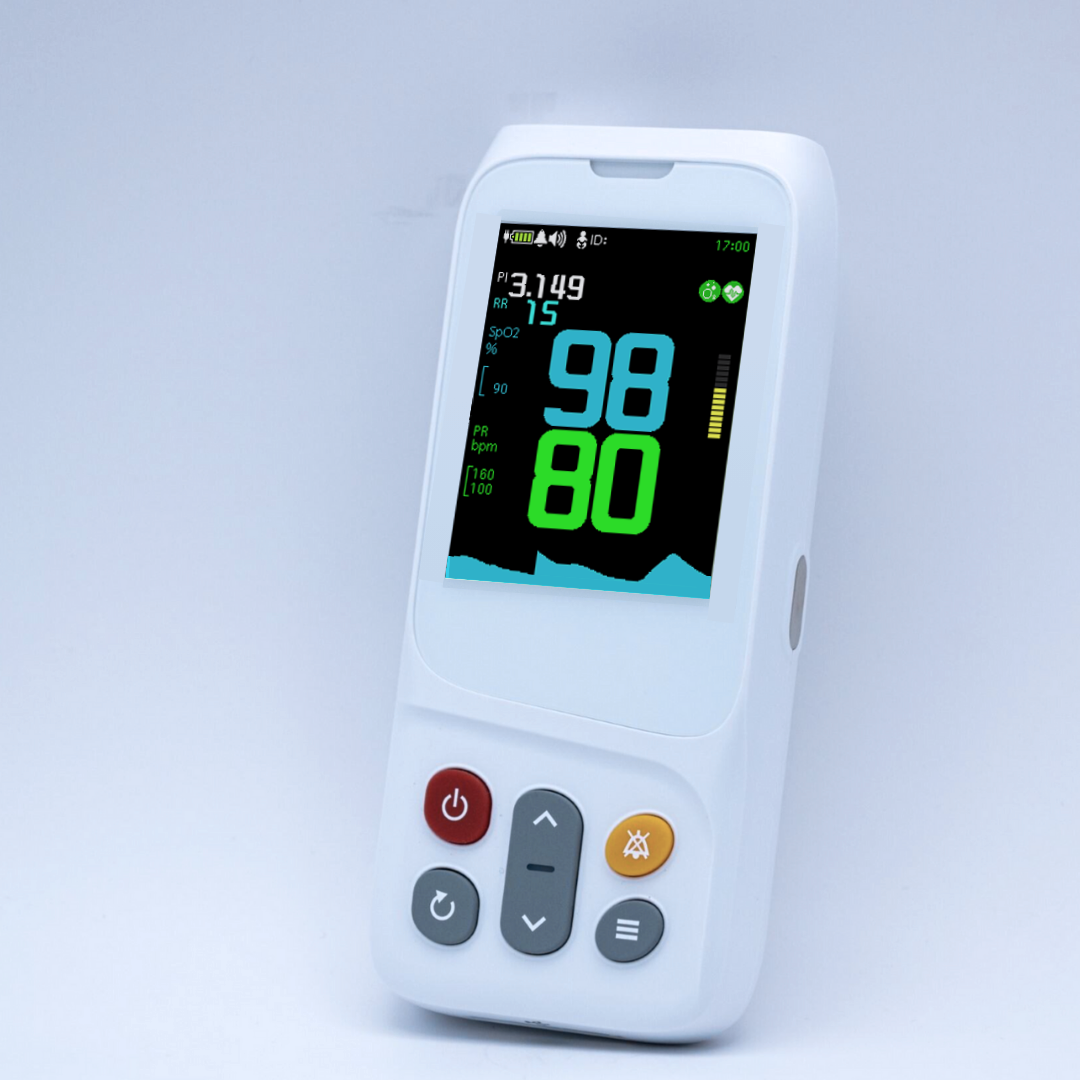
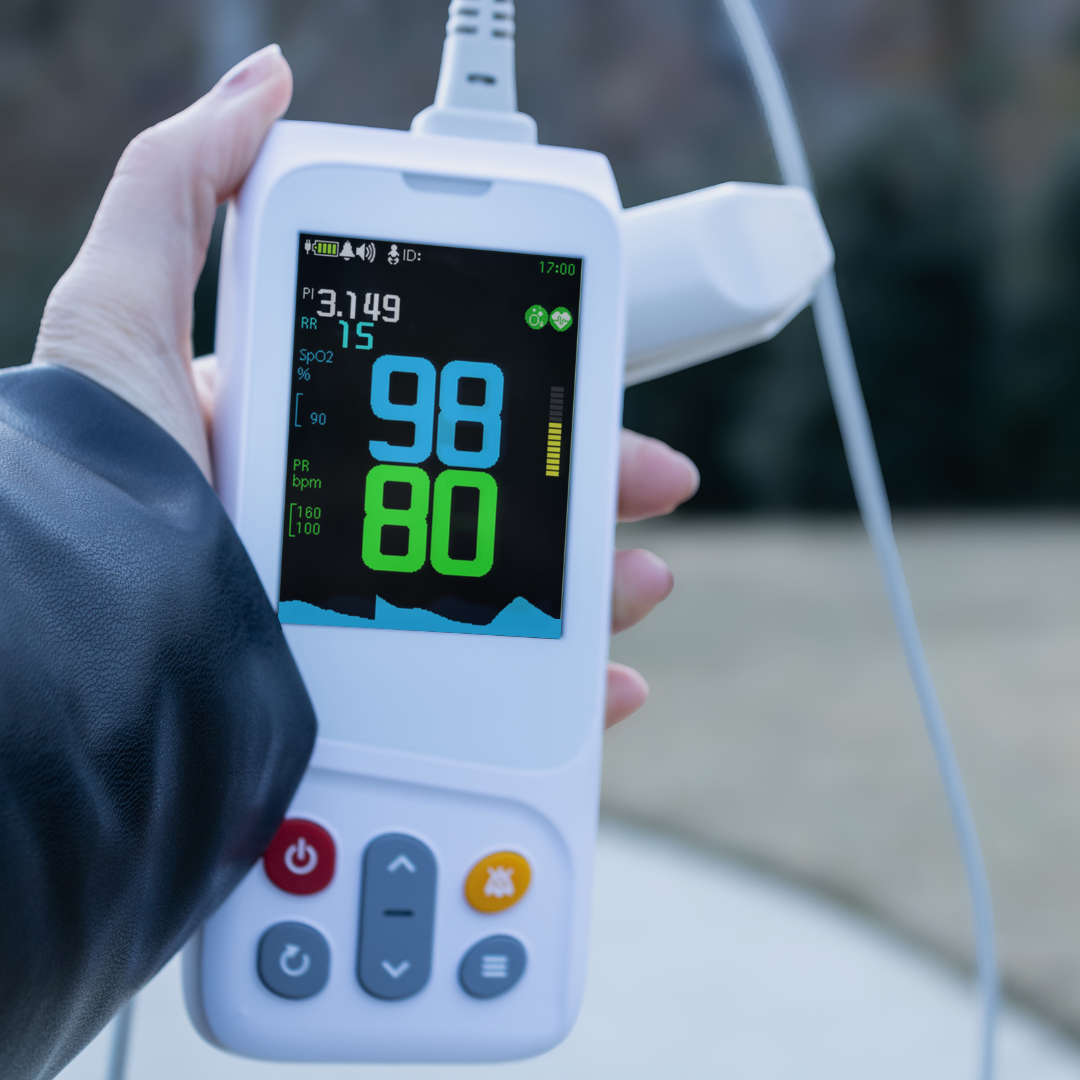
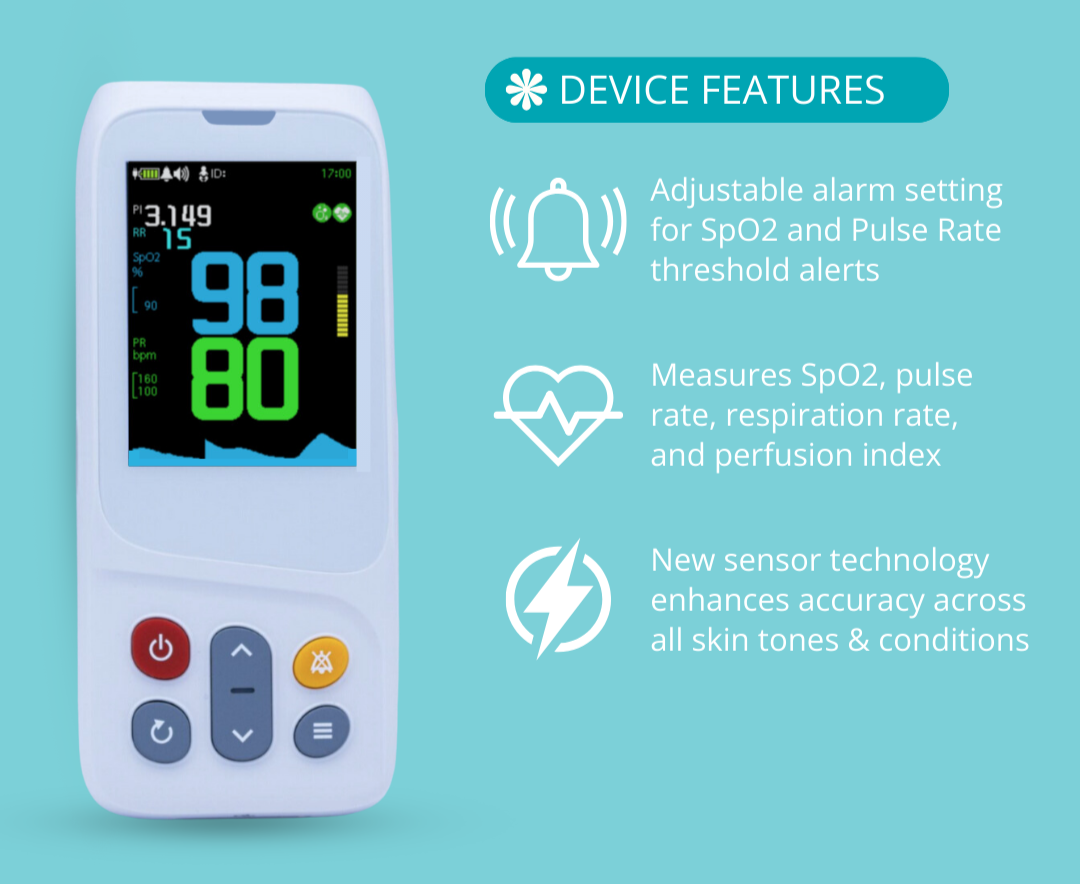
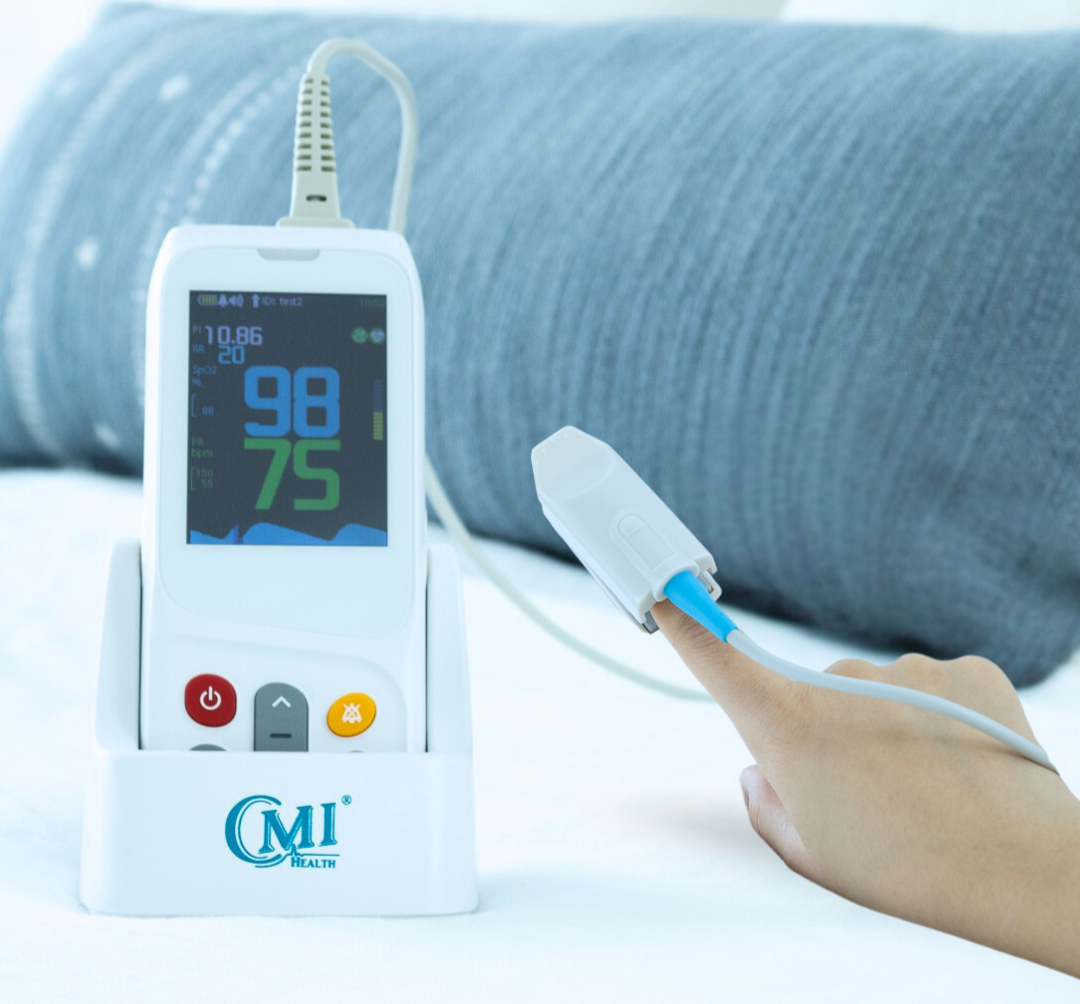
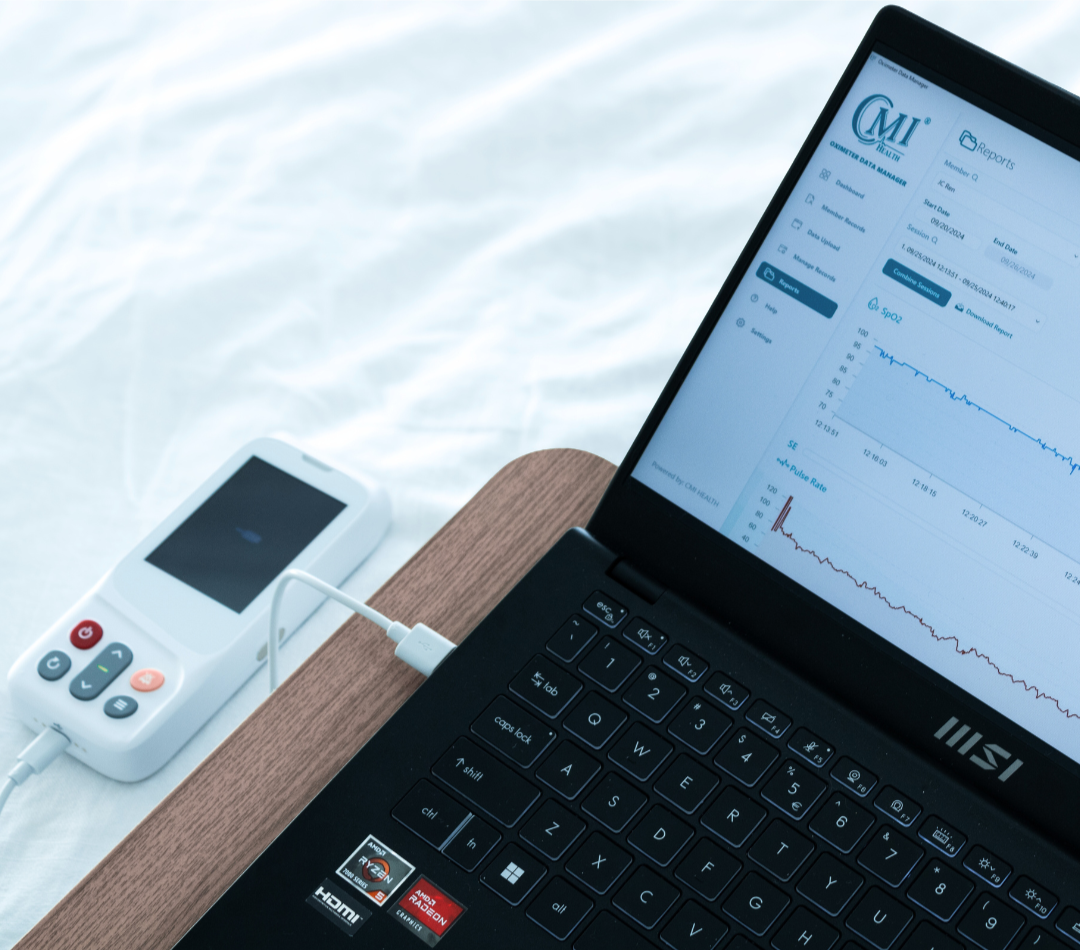
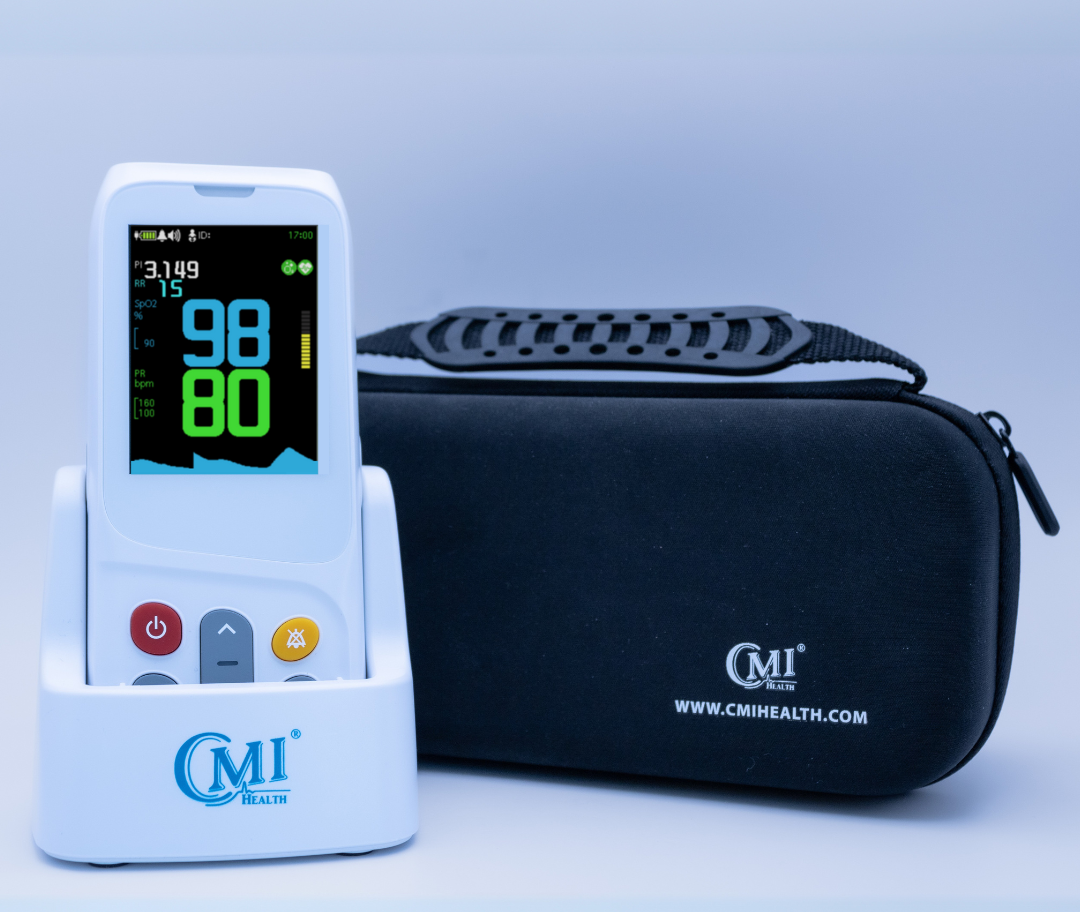
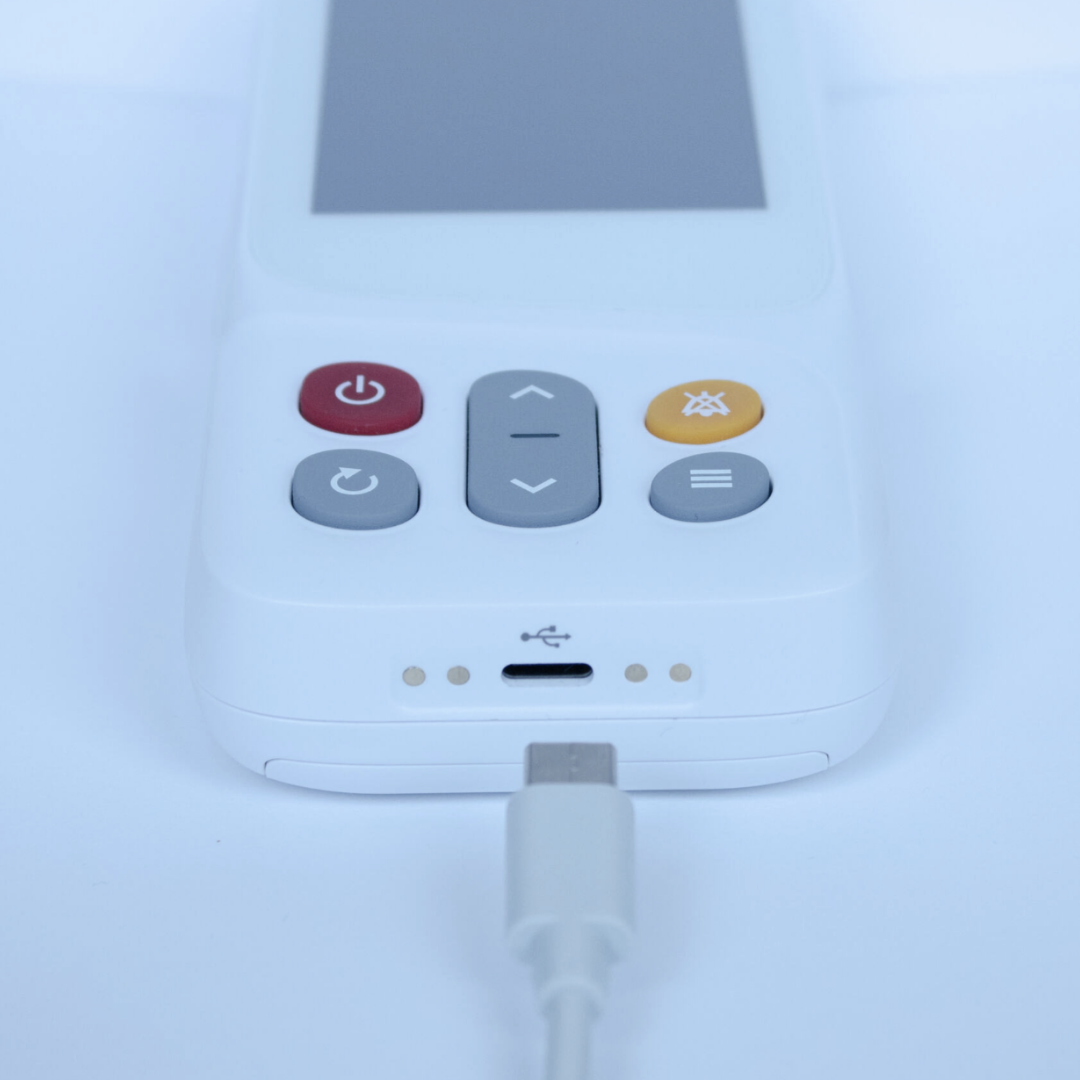
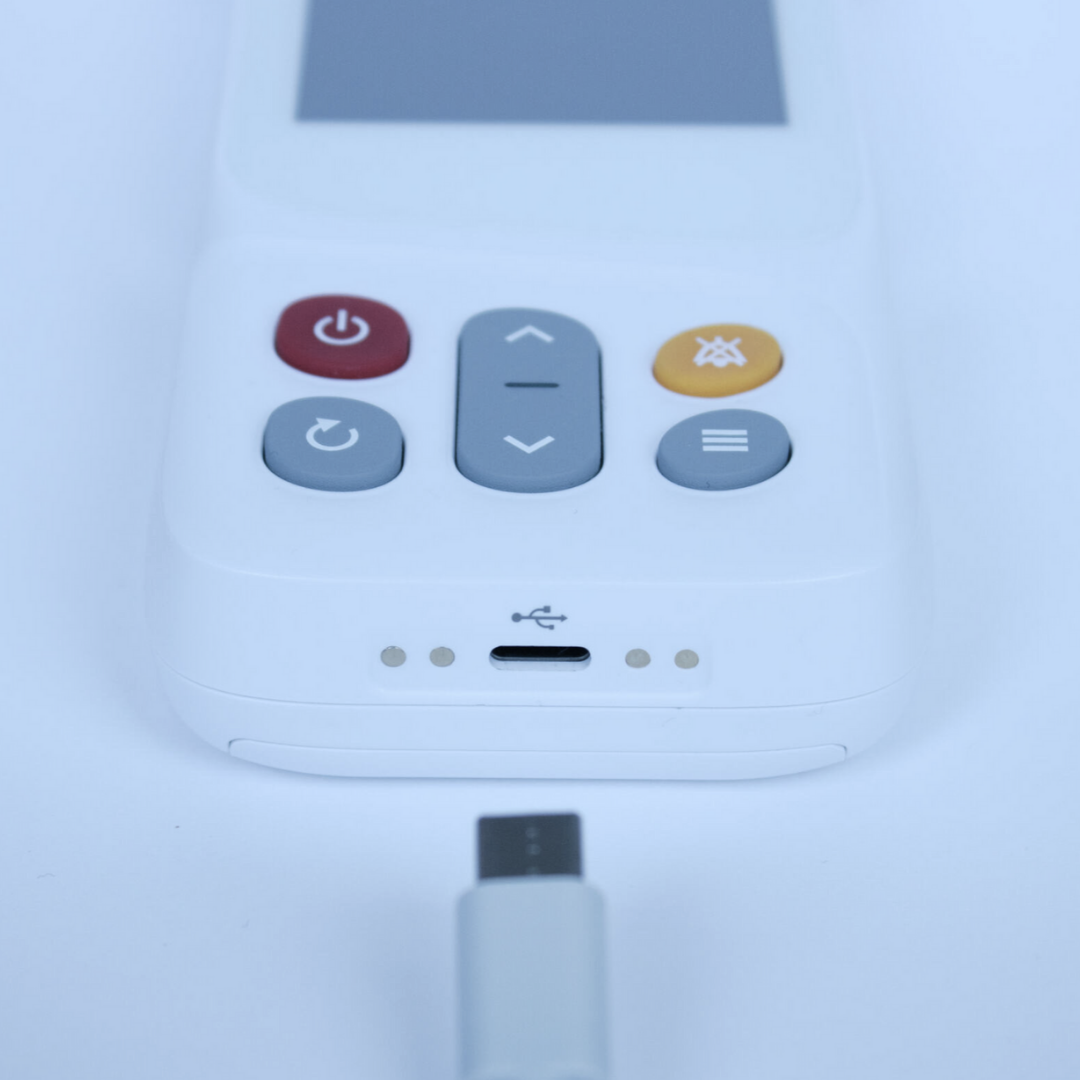
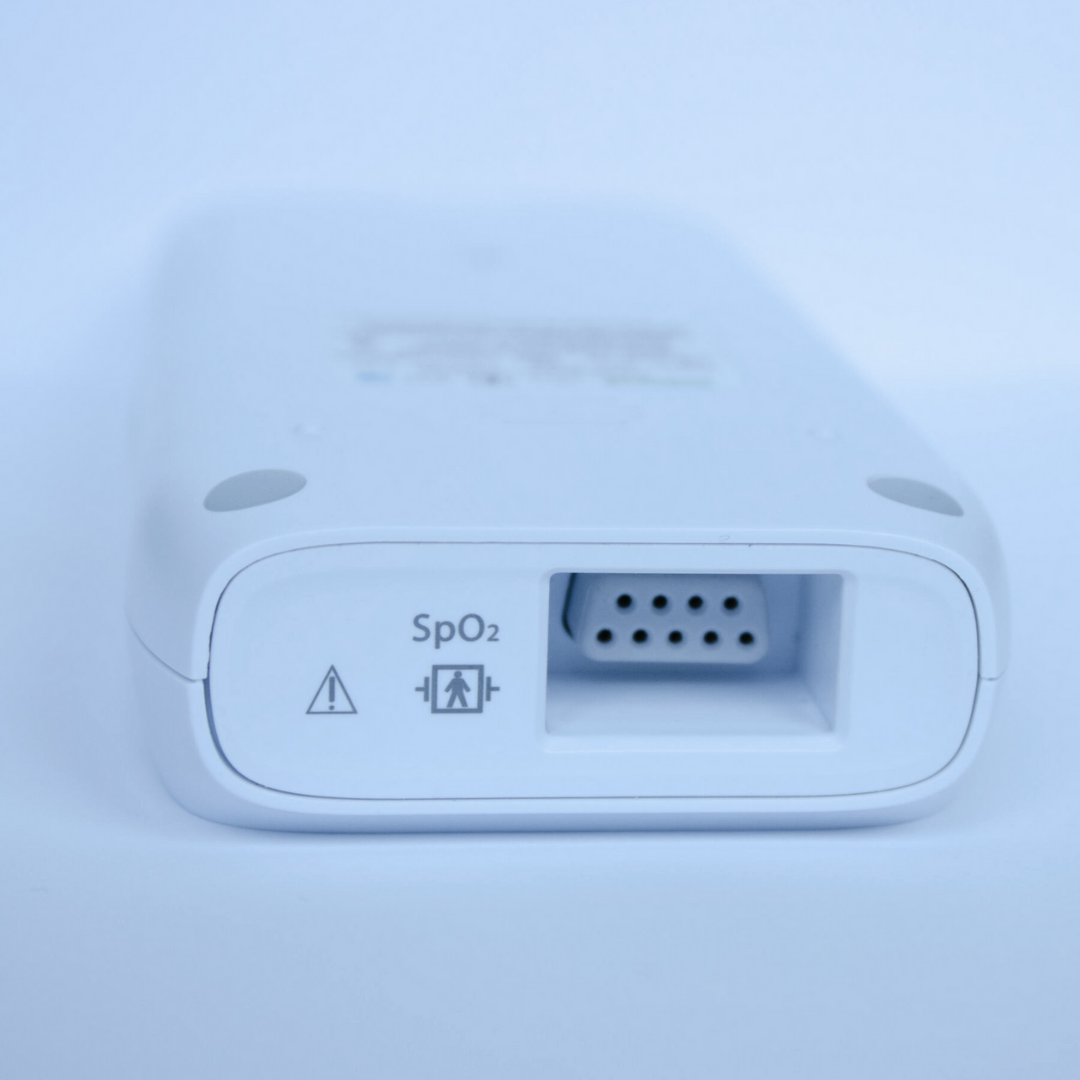
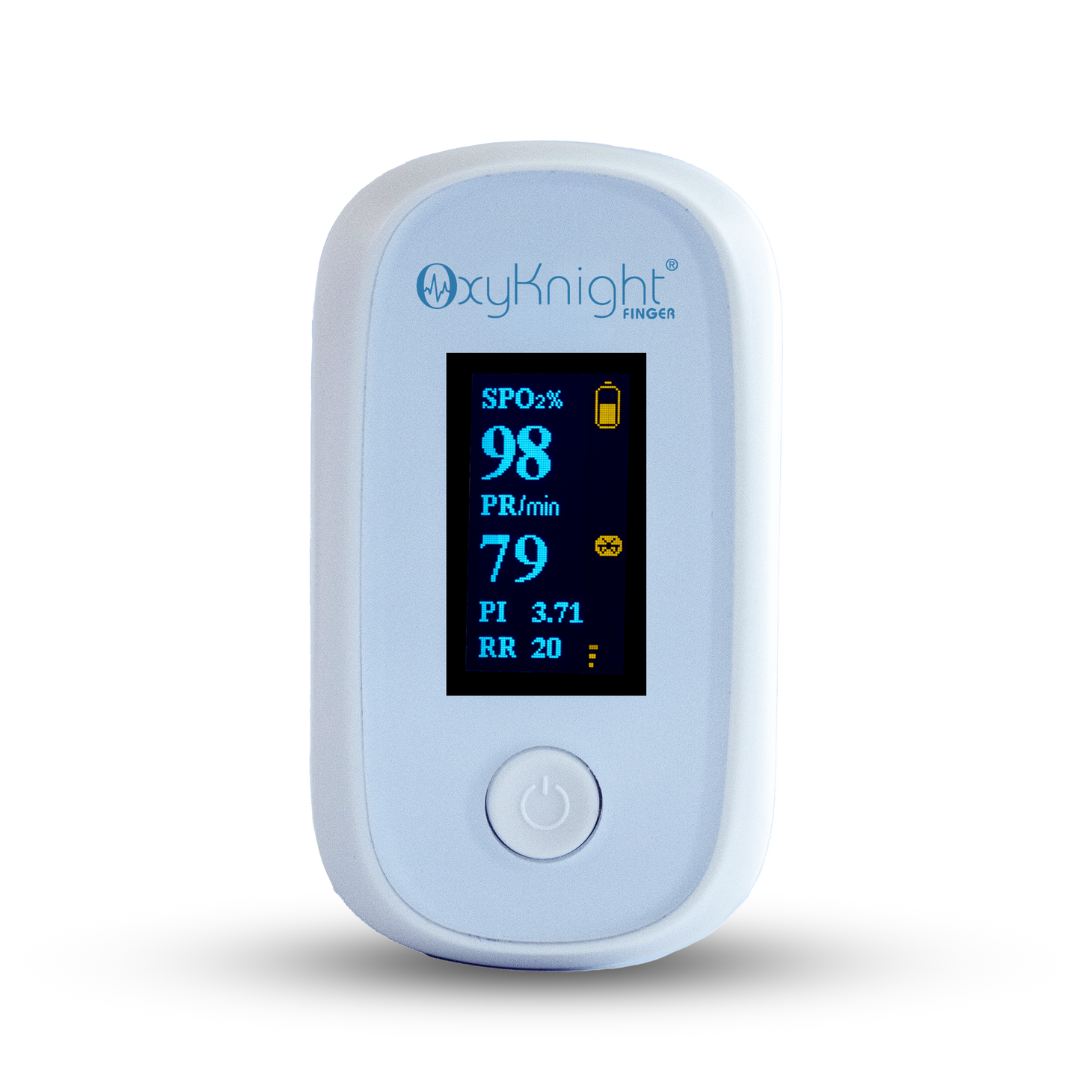
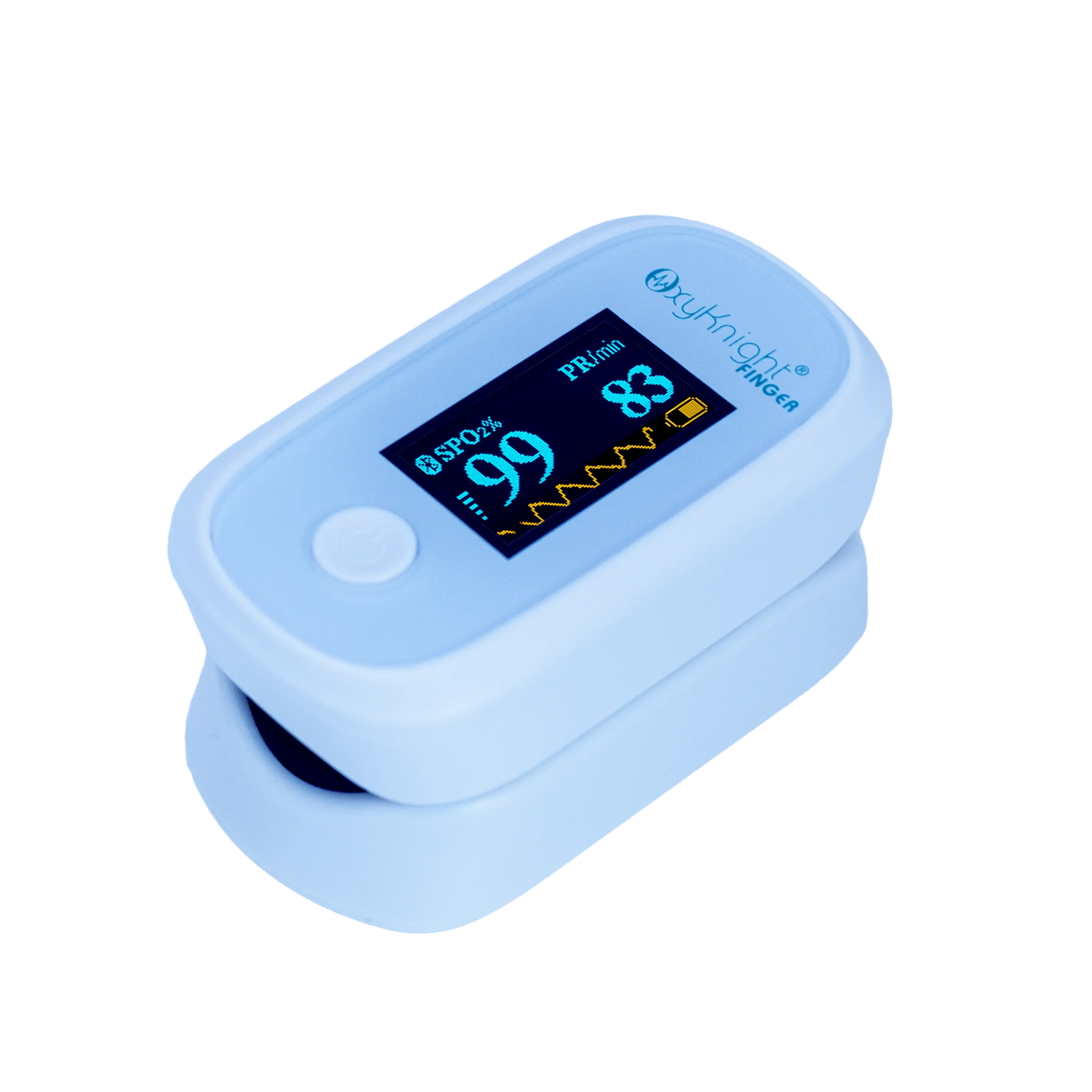
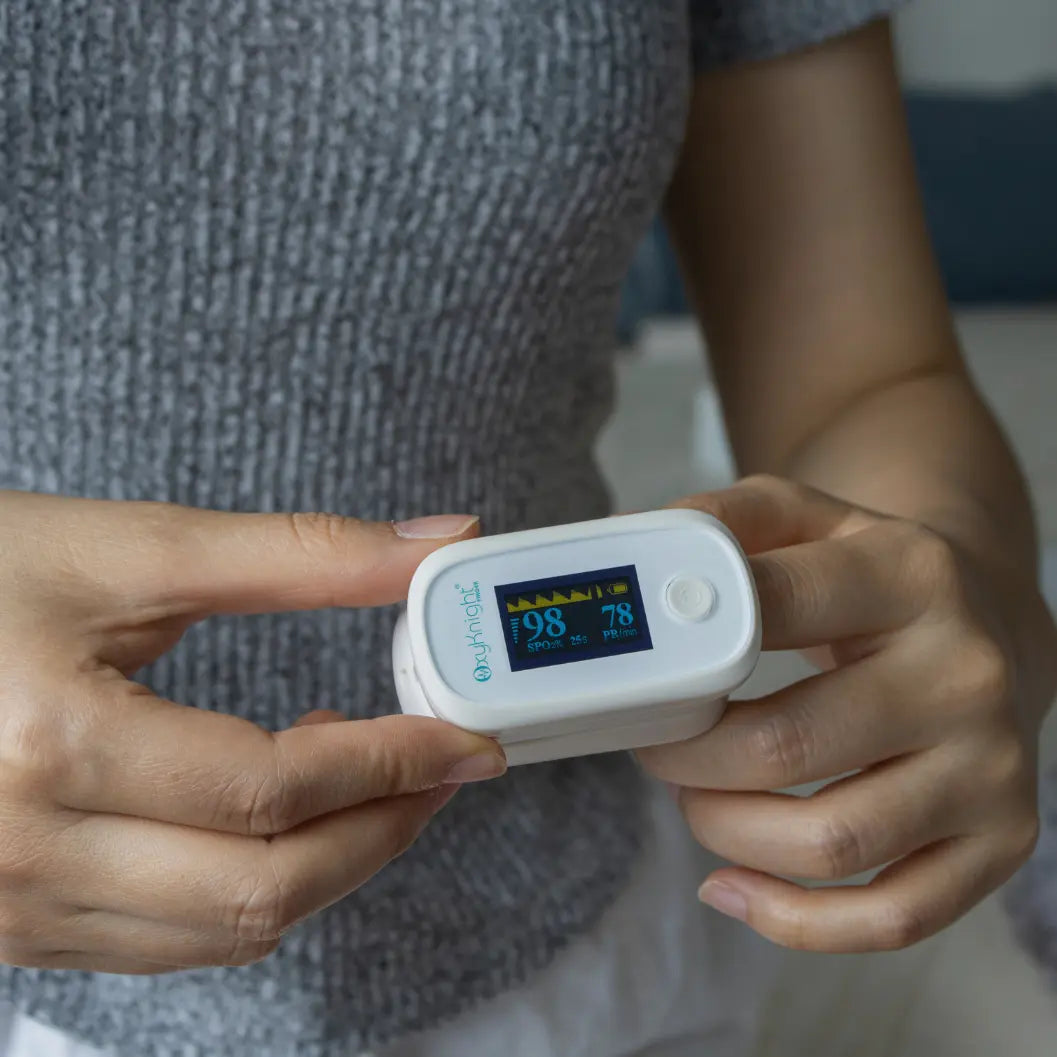
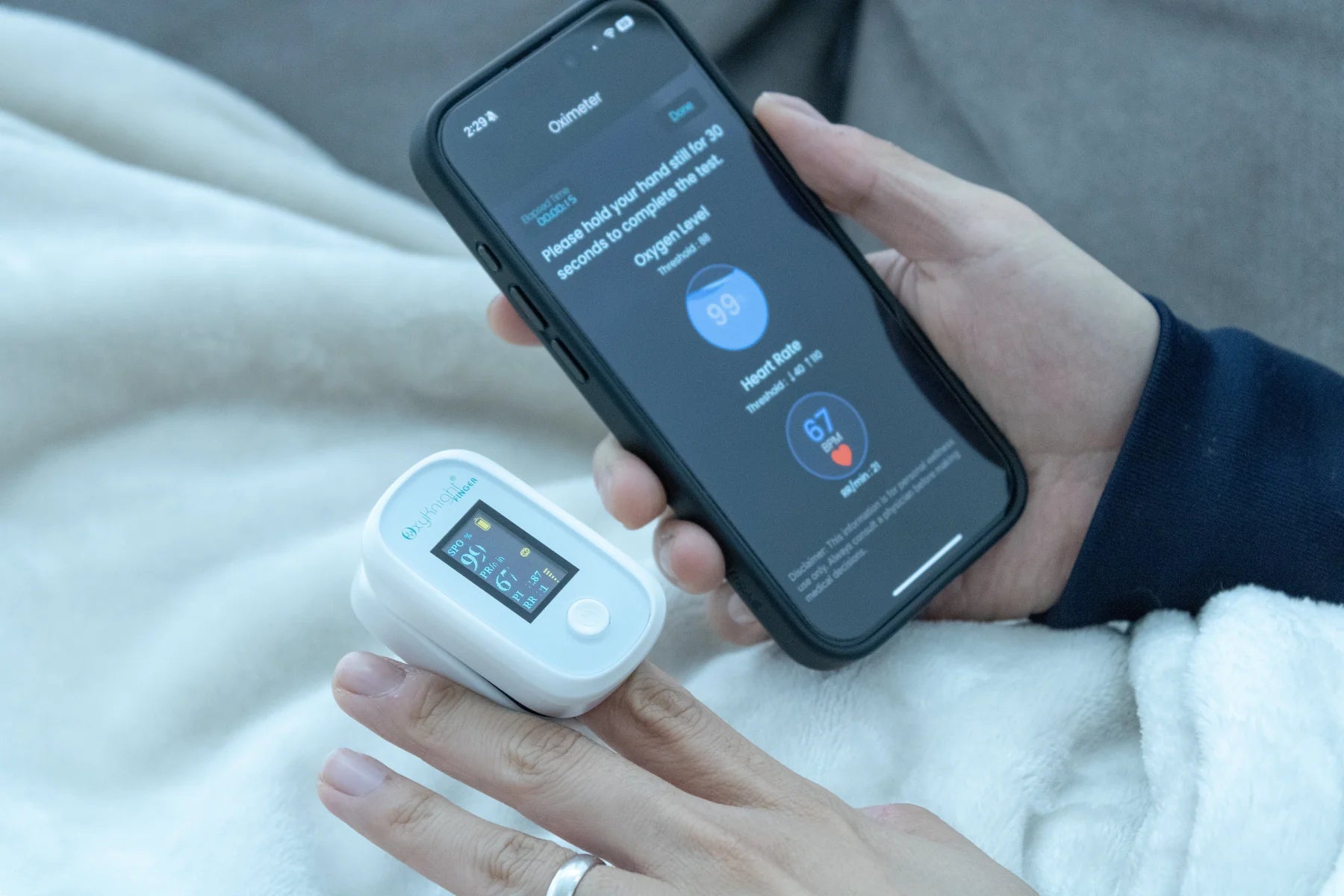
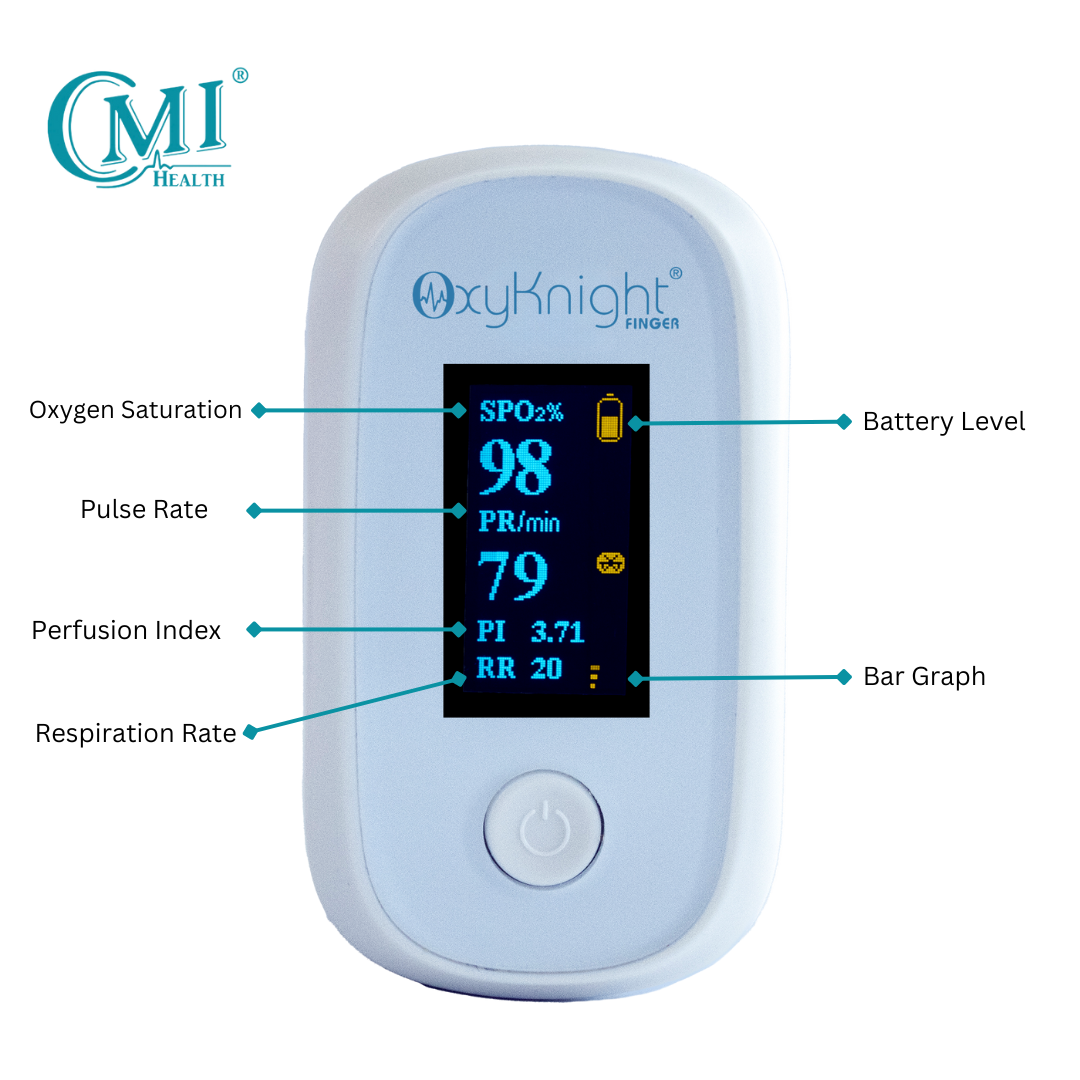
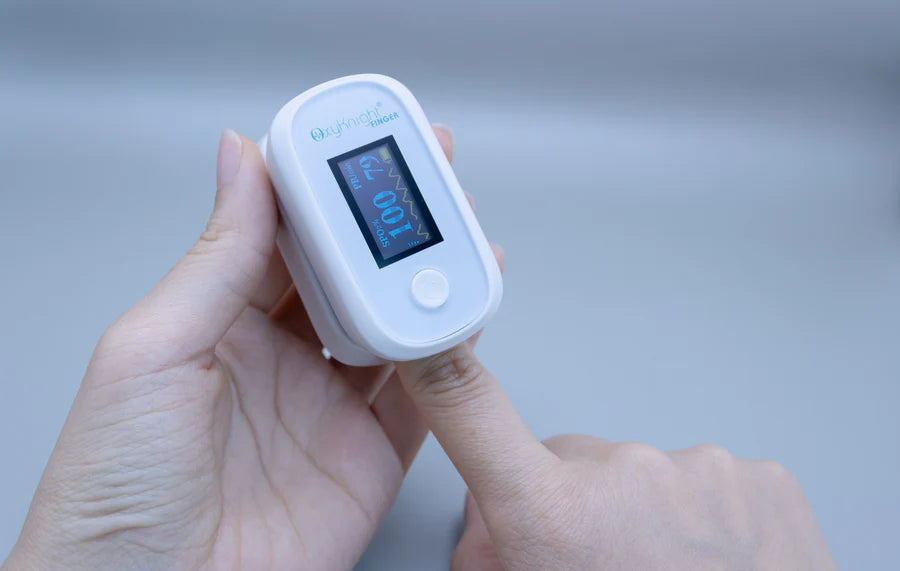
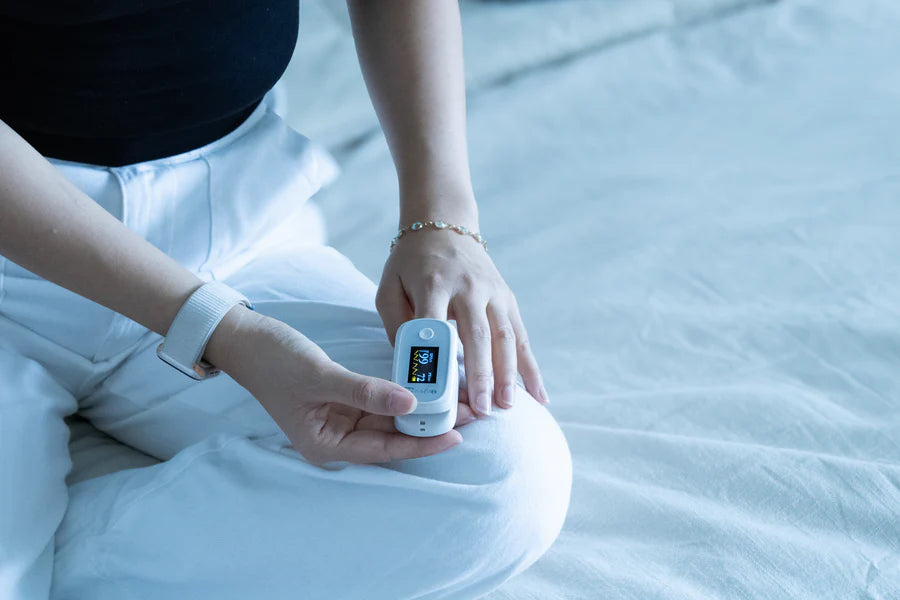
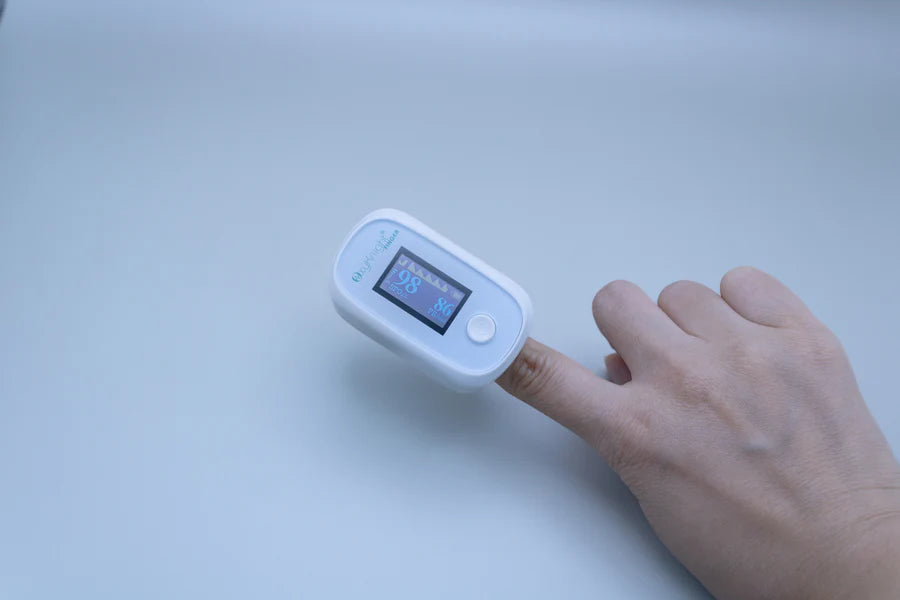
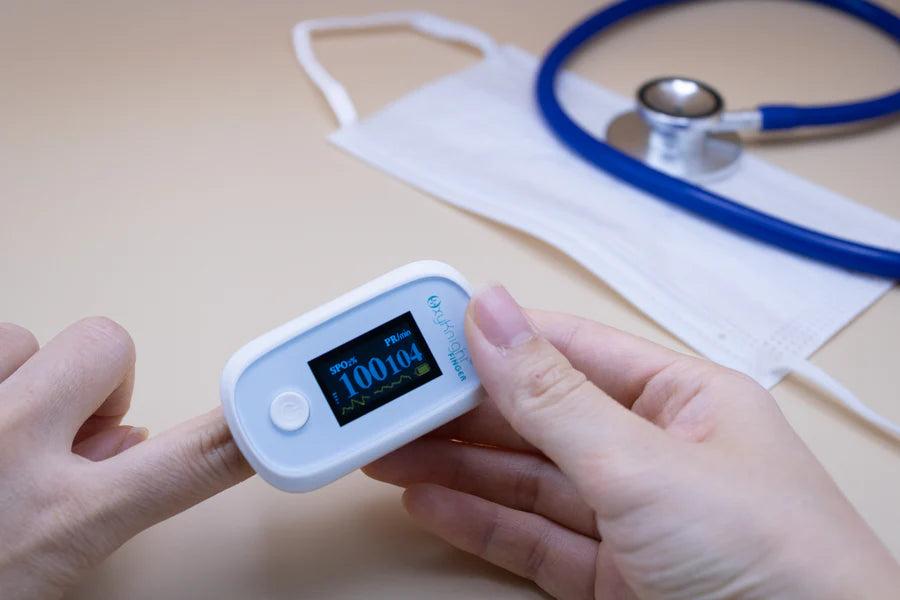
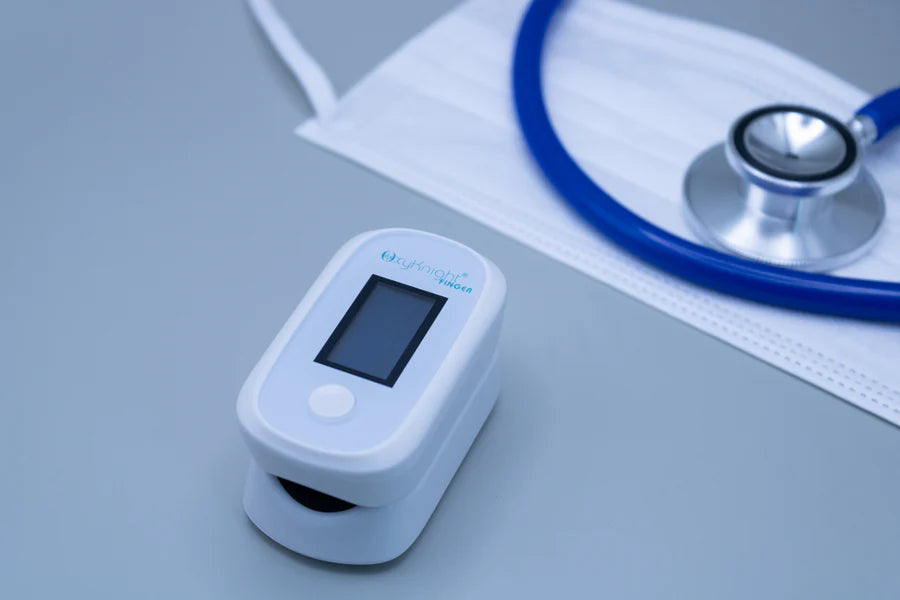



Leave a comment